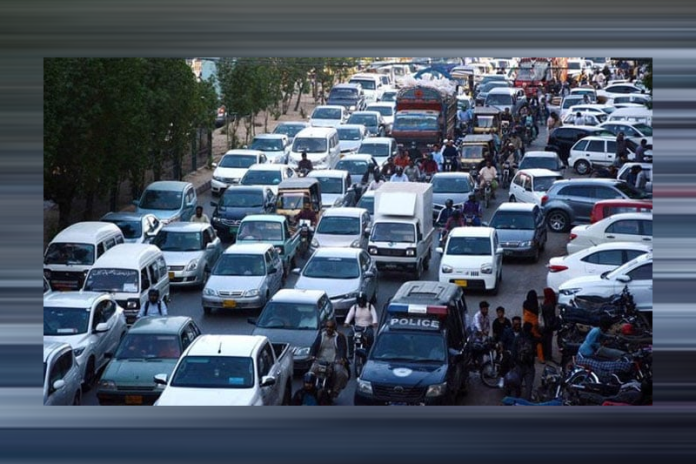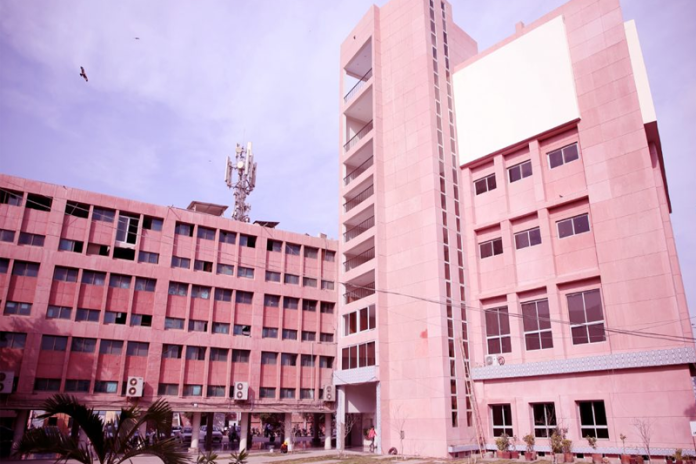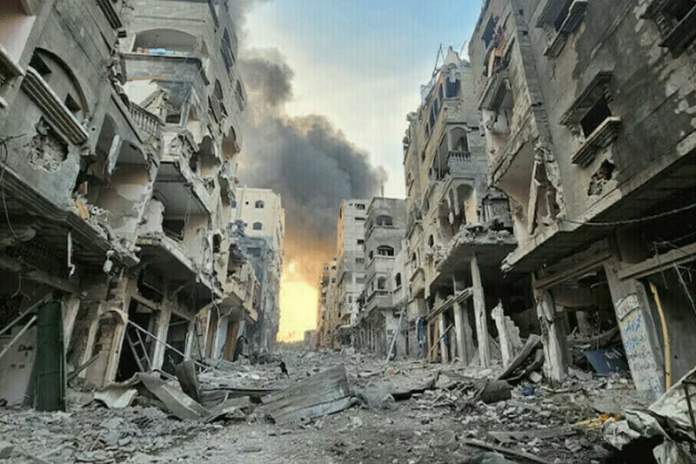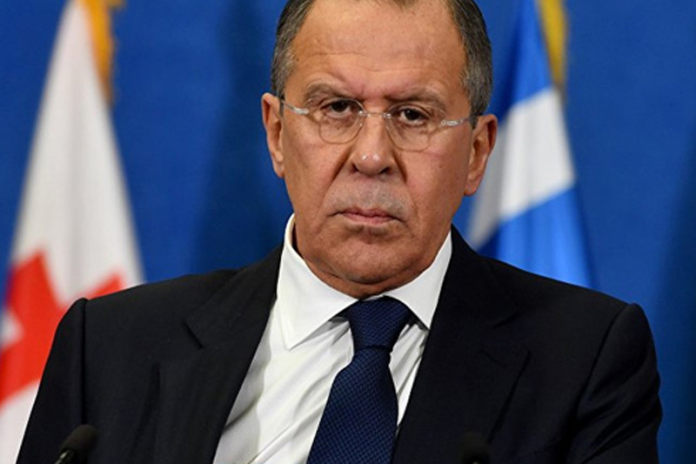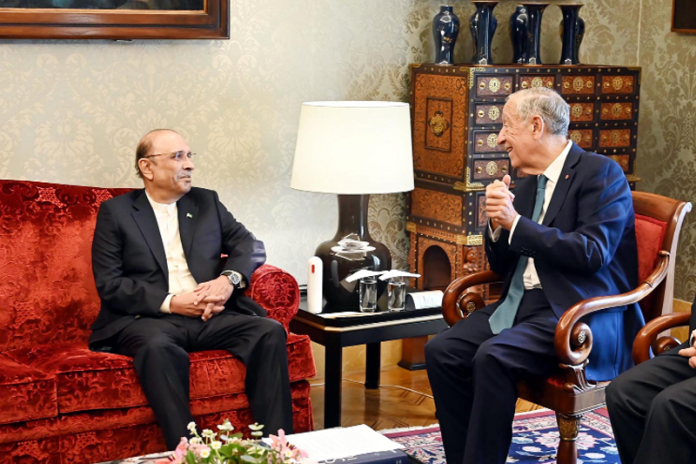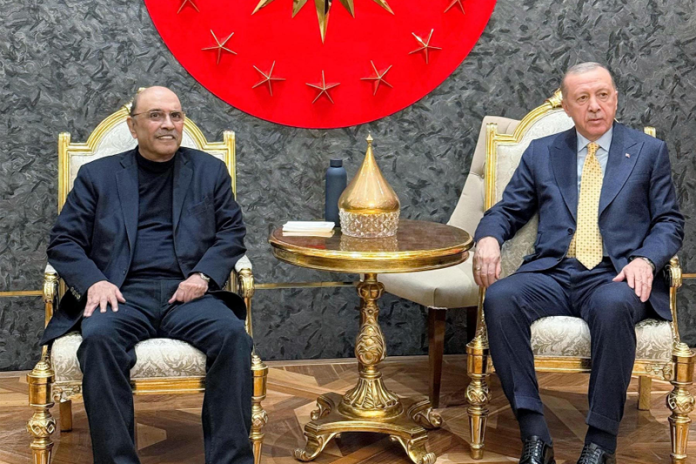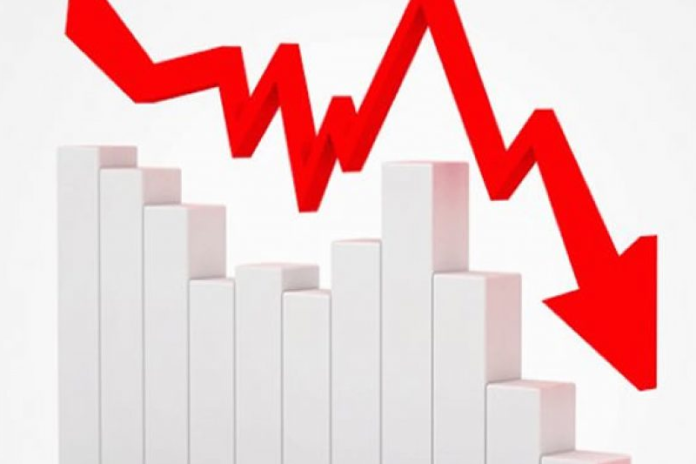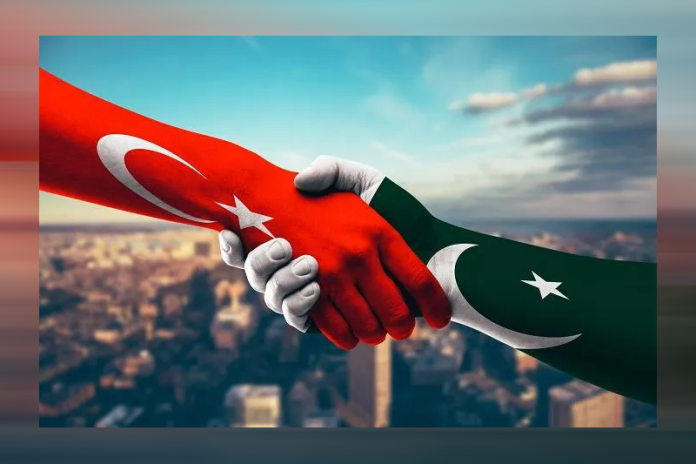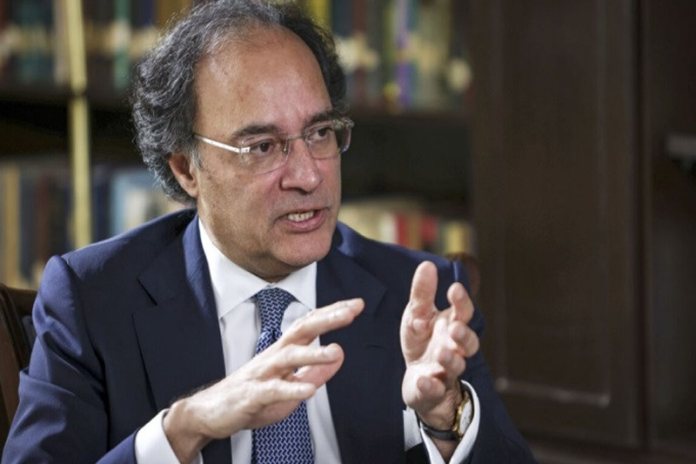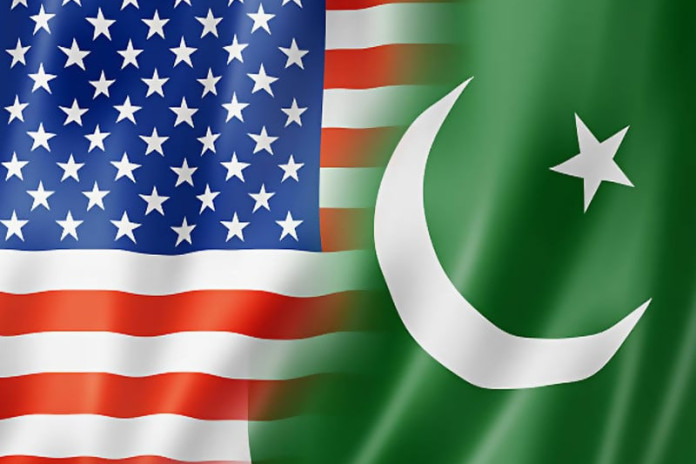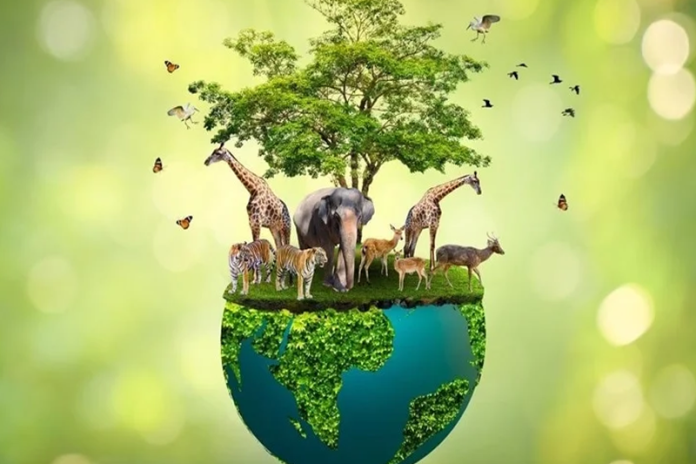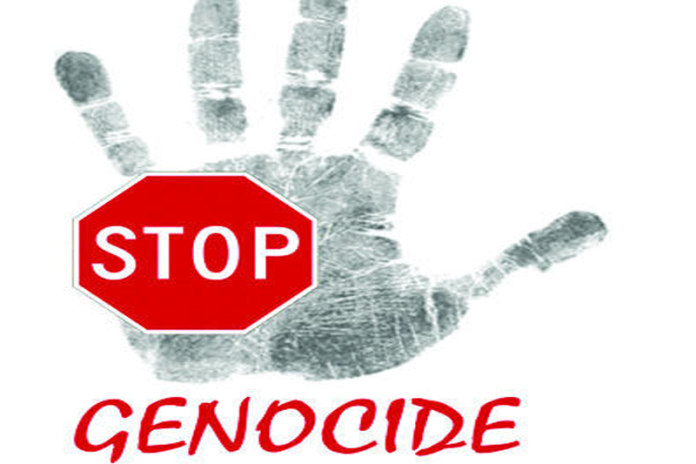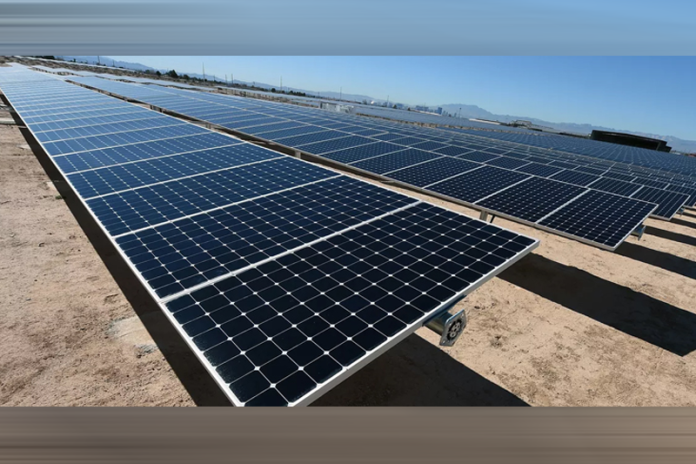WB assistance for flood-hit Sindh
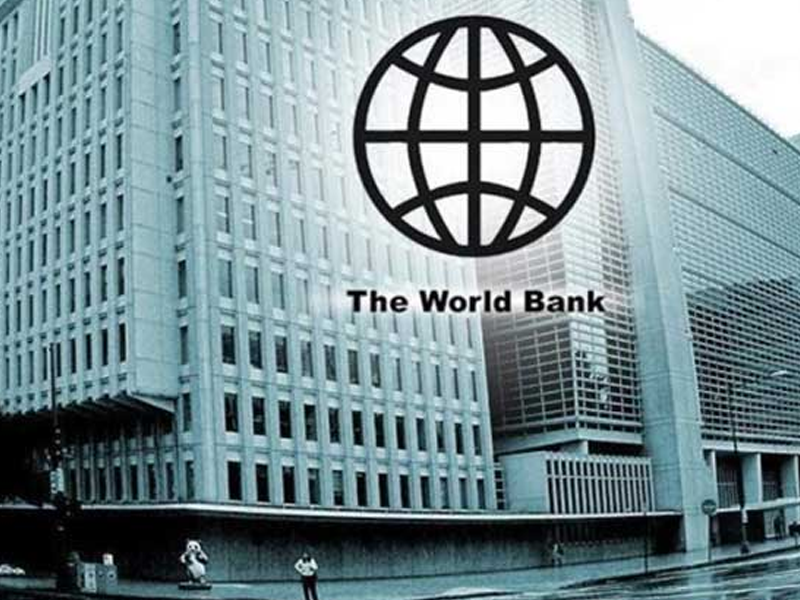
- 258
- 0
In a welcome move, the World Bank has Okayed $1.692 billion in financing for rehabilitation of flood affected people of Sindh province, where more than one-third of the province was under water during the summer floods that were unprecedented in nature.
The financial assistance will go to five projects to support people living in flood-affected areas of Sindh.
The five rehabilitation projects to be funded under this financial assistance include three regarding extending support to rehabilitation, repair and construction of damaged houses, and the recovering of the land for crop production for vulnerable farmers whose land and standing crops have been washed out by the summer floods.
The remaining two projects focus on extending health services to mothers and children in the flood affected areas of the province.
It may be recalled here that like other parts of the country, Sindh too suffered heavily due to the summer floods which damaged standing crops besides rendering millions without livelihood and house as also taking toll on their lives with hundreds of deaths reported due to floods in the province.
As we know that our country was devastated by unprecedented monsoon rains and subsequent floods from July to September when one third of the country was underwater, wreaking havoc with the lives and infrastructure countrywide, resulting in damage of over two million homes besides causing the deaths of 1,700 people across the country.
Though the entire country was badly affected by the summer floods but the Sindh province was the most affected as can be witnessed in the form of huge damages to the housing, schools, dams, roads, health, and agriculture sectors , livestock and other sources of livelihoods.
The most striking feature of the World Bank help is that it will continue to assist the Pakistan’s government and the flood victims to overcome the floods losses to some extent on both emergency and on long term basis so that the climate related issues are addressed in a comprehensive manner.
Agriculture uplift is also being focused by the global lender with the project being funded by the latter is focusing on improving and enhancing water management resources life restoring the cultivable land after floods to restore crop yields by flood-affected farmers of the province as it will provide funds for purchase of seeds, .
As reported, an estimated 885,000 families are said to benefit from the WB project.
The WHO will also focus on assistance regarding the rehabilitation and reconstruction of large number of health facilities which were wholly or partially damaged by floods, rendering the areas people without healthcare.
It may be mentioned here that Sindh suffered double disaster due to floods. First it faced the loss of previous lives, crops, livestock, roads, dams, houses etc as one third of the province was under water and then the second disaster was in the form of water borne disease due to stagnant floods waters inundating large areas of the country, particularly Sindh where over seventy per cent of all flood water has accumulated.
Hospitals from the interior of Sindh has reported thousands of cases of water borne disease like diarrhea, gastroenteritis, skin infection, and dengue cases due to mosquitos which breed on floods waters inundating vast areas of the province.
That almost eighteen thousand cases of diarrhea and 20,064 skin disease and fifty cases of dengue were registered on a single day during the month of October which spoke volume of the situation in the aftermath of the devastating floods.
As per available statistics, over 2.3 million people reported the above-mentioned disease in hospitals from July to October when the torrential rains and floods hit the province.
Dengue and Malaria are still doing rounds and during the last few months, a number of persons have succumbed to dengue fever in Karachi alone. Overall, ten persons have lost lives due to vector borne diseases in Karachi this so far.
This pathetic state of flood affected areas prompted the World Health Organisation (WHO) to sound alarm over what it termed an impending “second disaster” with regard to disease and death.
The WHO concern and warning over the alarming rise of water-borne infections and diseases among the flood-hit people in Sindh is enough to show where do we head after the devastating floods.
The warning, issued by WHO Director General Tedros Adhanom Ghebreyesus in October last, served as a wake-up call to the world community to come to the rescue of Pakistan which has been facing the wrath of nature due to climate change effect despite the fact that Pakistan has contributed the least to air and environmental pollutions.
Time has come that other donors should also respond generously to prevent spread of diseases with a view to saving lives of the affected people.
One would also appeal to Federal government to carry out a fumigation spray all over the country, particular Sindh where the disease outbreak has become certain due to the alarming rise in various water borne diseases in the province. For this purpose, the Federal governed will have to make use of planes owned by the land departments as the current situation is out of control of the provinces and machine sprays would not make a difference.
Meanwhile, the water supply to citizens is not safe after floods as water sources been polluted and it is due to water pollution that the disease onslaught is upon the citizens with various infections and viral diseases being spreading among them. It is due to consumption of unsafe water that citizens are contracting fatal diseases like cholera etc.
On the one hand, the patients’ number is rising at alarming rate while on the other the resources are very few. Moreover, a large of health facilities have also been washed out by rains and floods across the country, mainly Sindh and Baluchistan provinces and hence an emergency like situation exists right now.
Published in The Daily National Courier, December, 22 2022
Like Business on Facebook, follow @DailyNCourier on Twitter to stay informed and join in the conversation.



